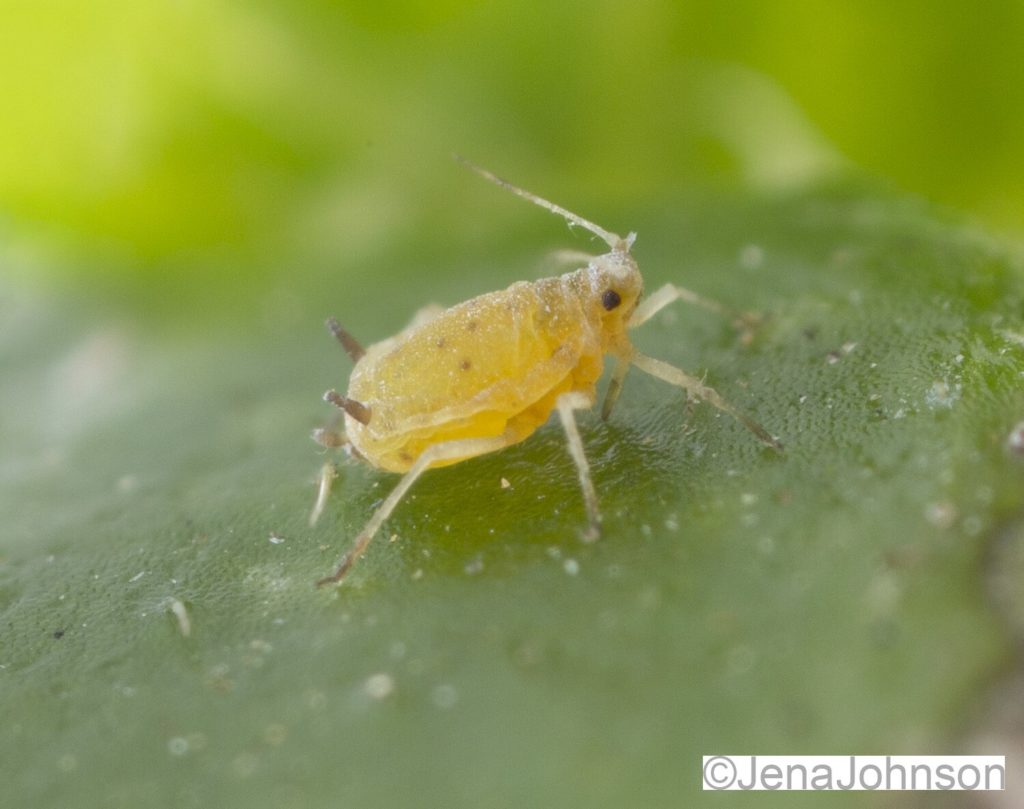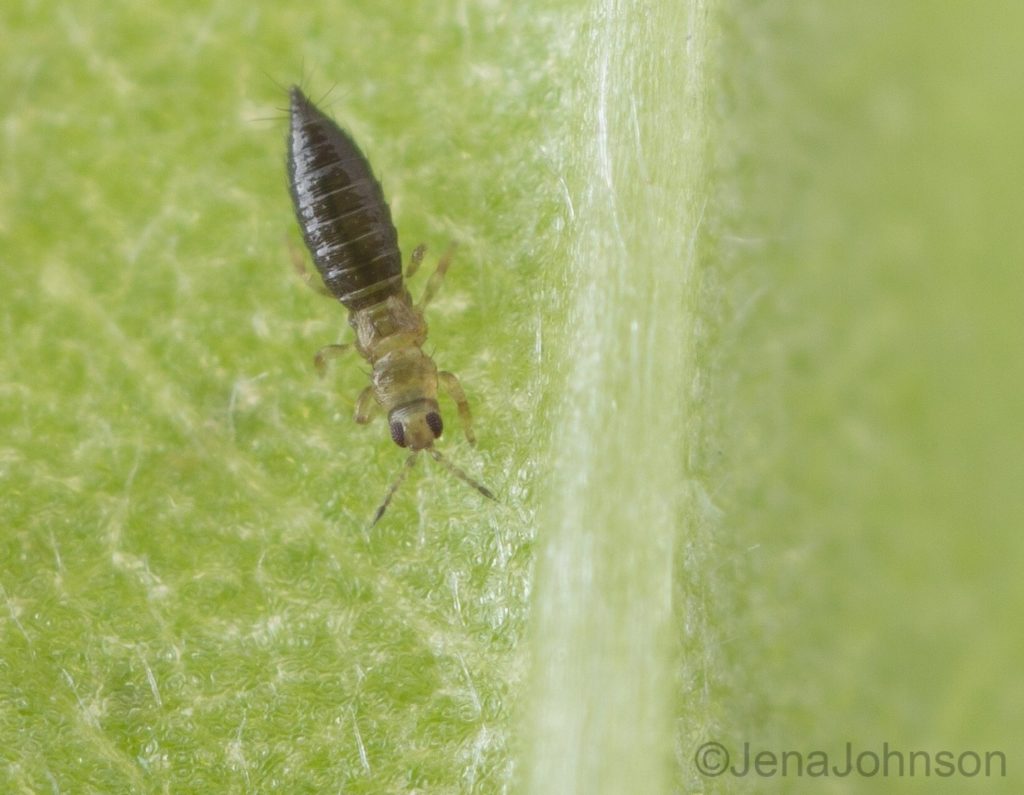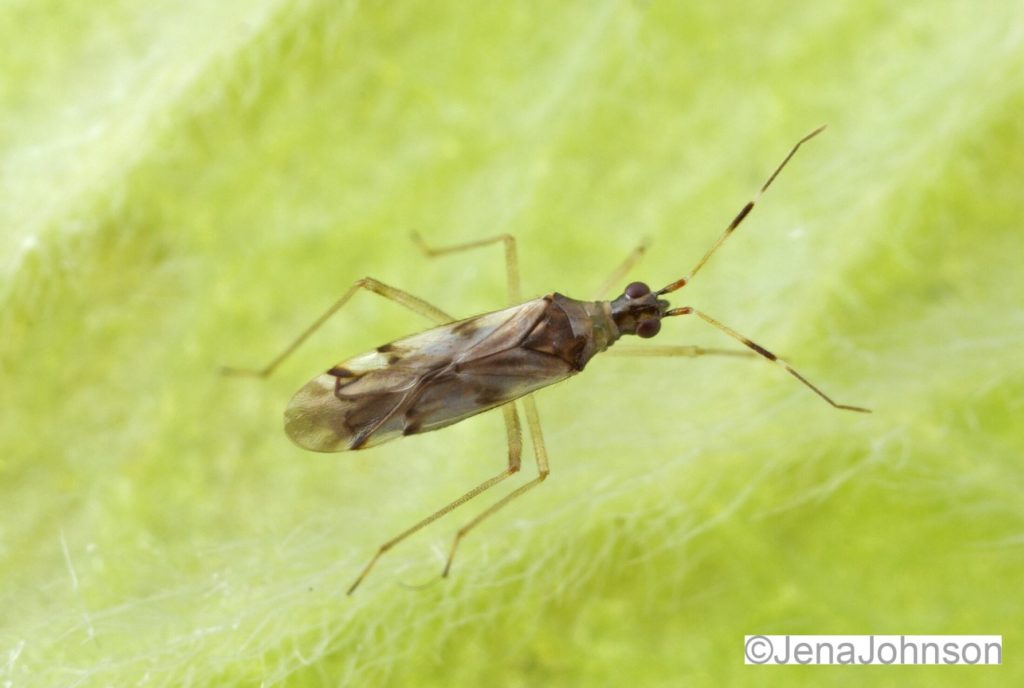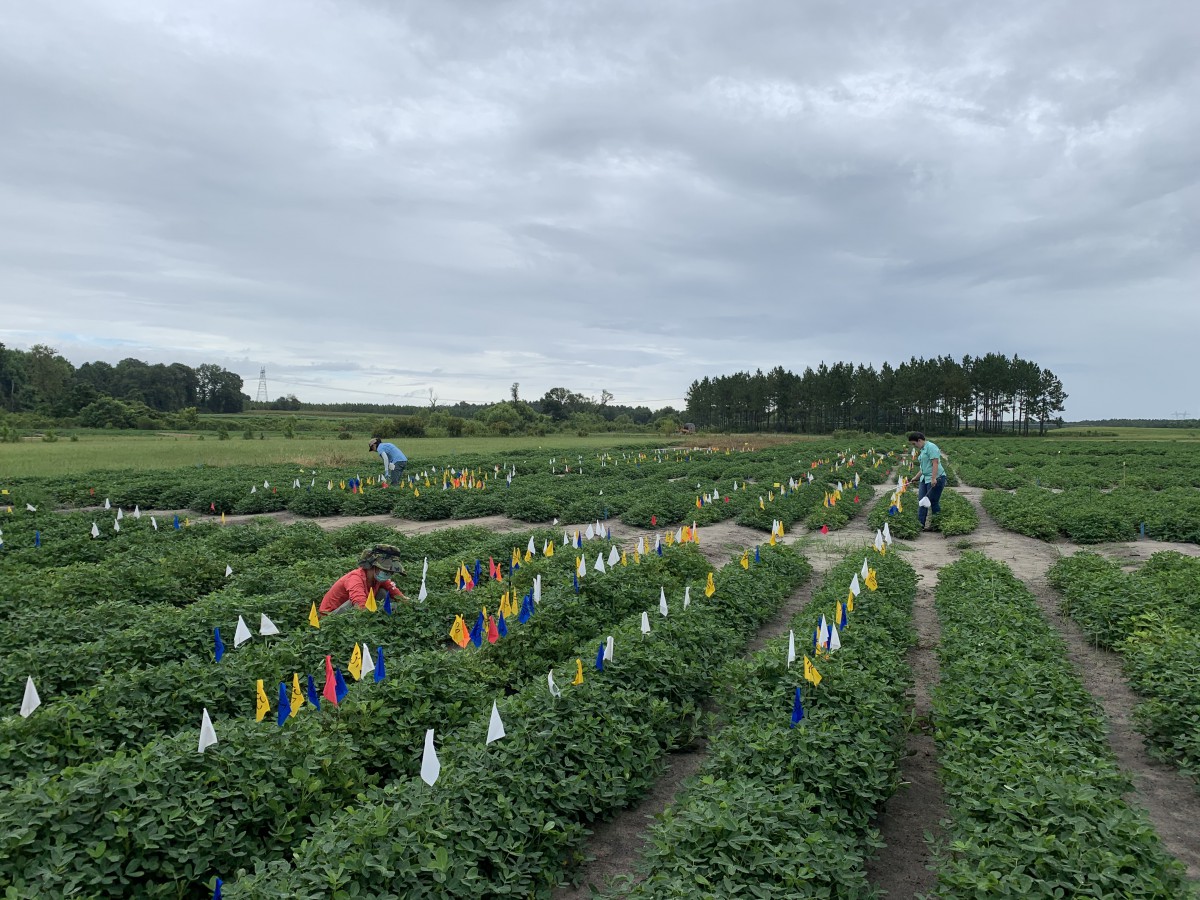In an effort to document all the insects kept in colonies within the UGA Department of Entomology, Research Professional Jena Johnson offered to take amazing, high-quality images of our insects of study!
The Srinivasan Lab studies insect vectors, or insects that transmit viruses to crops and other plants. We work primarily with whiteflies, aphids, and thrips, as well as their host plants. In order to study these insect-virus pathosystems, we have to rear colonies of the insects in the lab and greenhouse!
Whiteflies, aphids, and thrips are all tiny insects, so we jumped on the chance to see them up close through Jena’s photography.


Sweetpotato whiteflies (Bemisia tabaci), also known as silverleaf whiteflies, are kept in colonies by many of our lab members, including Saioa Legarrea, Saurabh Gautam, Gurjit Singh, and Saptarshi Ghosh. The species name B. tabaci actually respresents 40+ cryptic species that are extremely difficult or impossible to differentiate visually. Two of the most widespread and economically important B. tabaci species are Middle East-Asia Minor 1 (‘MEAM1’, previously called the ‘B biotype’) and Mediterranean (‘MED’, previously called the ‘Q biotype’). Our lab keeps both in colonies.
Aphids are also important vectors in the southeastern U.S. PhD student Sudeep Pandey is the only lab member currently studying aphids. He studies cotton aphids (Aphis gossypii) and the aphid-transmitted cotton leafroll dwarf virus (CLRDV).

Despite their name, the tobacco thrips, Frankliniella fusca, are economically important because they transmit tomato spotted wilt virus (TSWV) to peanut crops. PhD student Yi-Ju Chen rears F. fusca colonies on peanut cultivars that are susceptible to TSWV so that she can study the tritrophic interaction between the insect, the virus, and the host plant.

Some lab members, like post-doc Saioa Legarrea, study non-vector insects that might impact an insect-virus pathosystem, like omnivorous mirid bugs. Because mirid bugs can feed on plants and other insects, they have the potential to impact both insect vectors and their host plants. Saioa rears the mirid bug species Dicyphus hesperus (no common name) on mullein plants, which they prefer over other plants. Mullein leaves have dense, fuzzy hairs that D. hesperus can traverse easily with their long legs.


We thank Jena for documenting the beauty and diversity of the insects that we rear in our lab. Learn more about Jena and her work here, view more of her amazing images at her personal website, and follow her on Twitter to see updates on her insect colony project and research.
